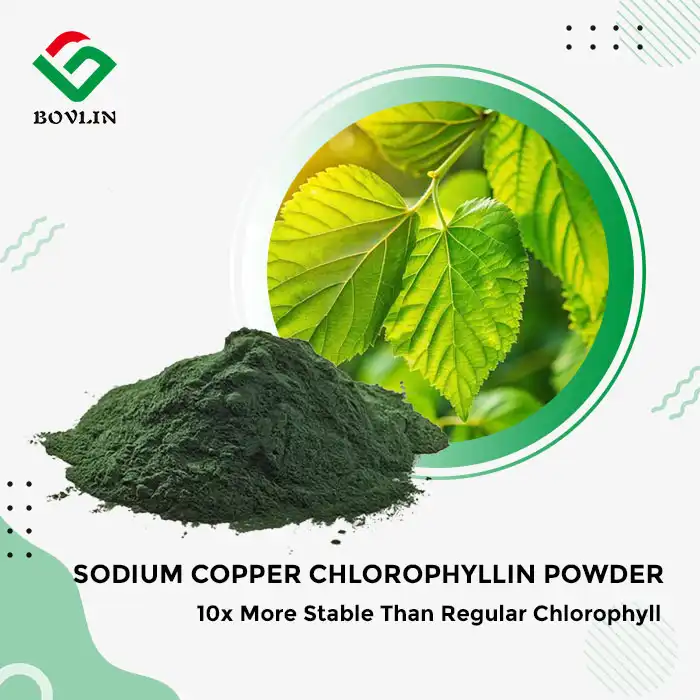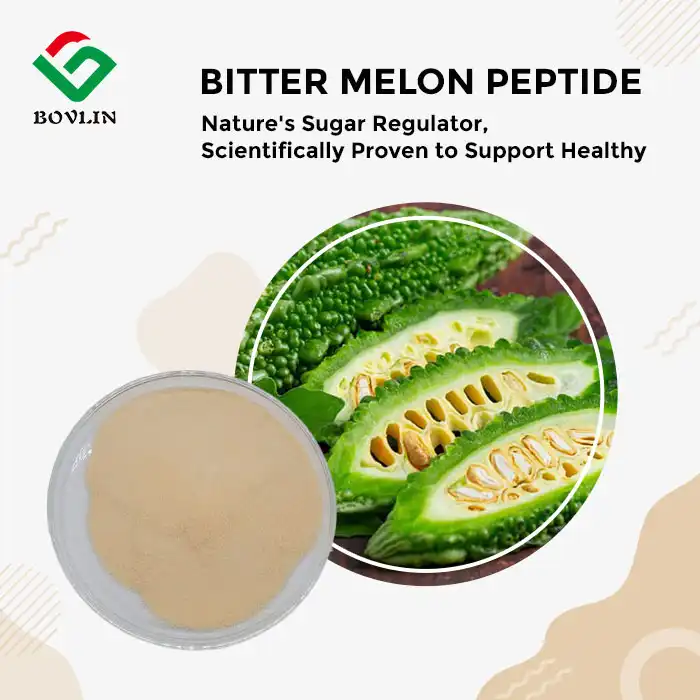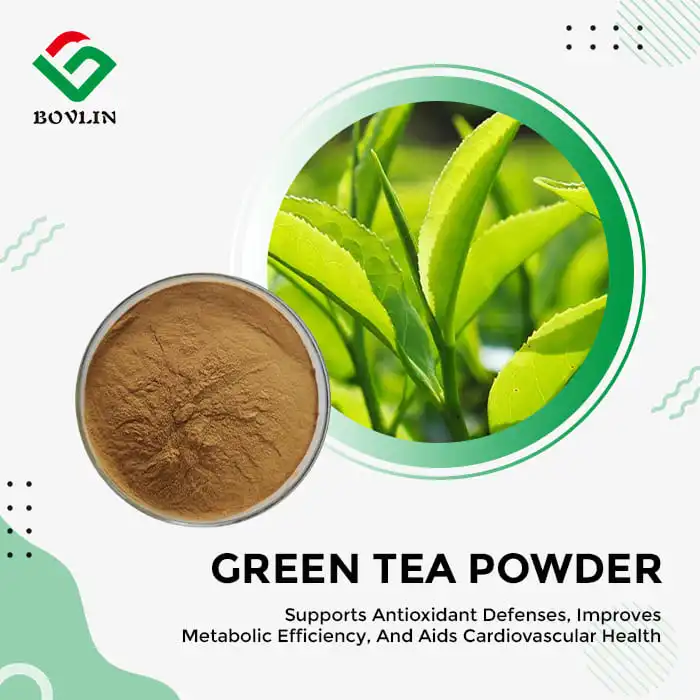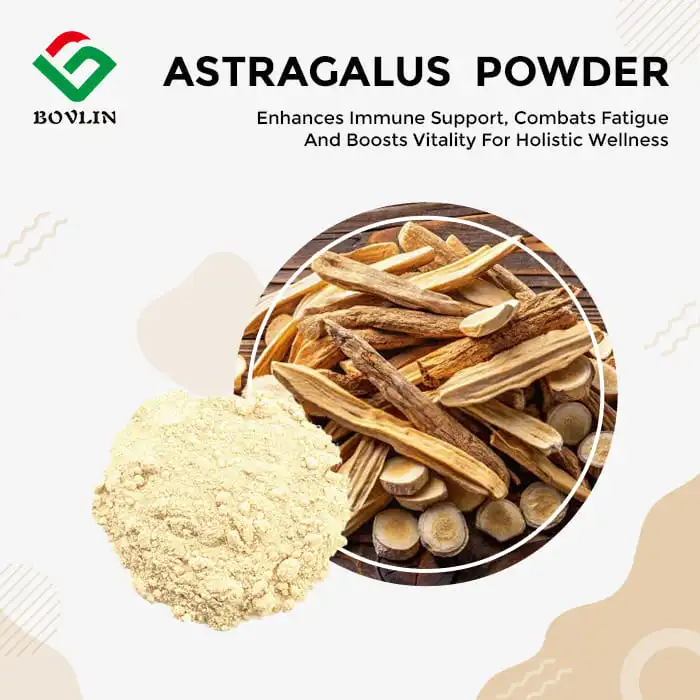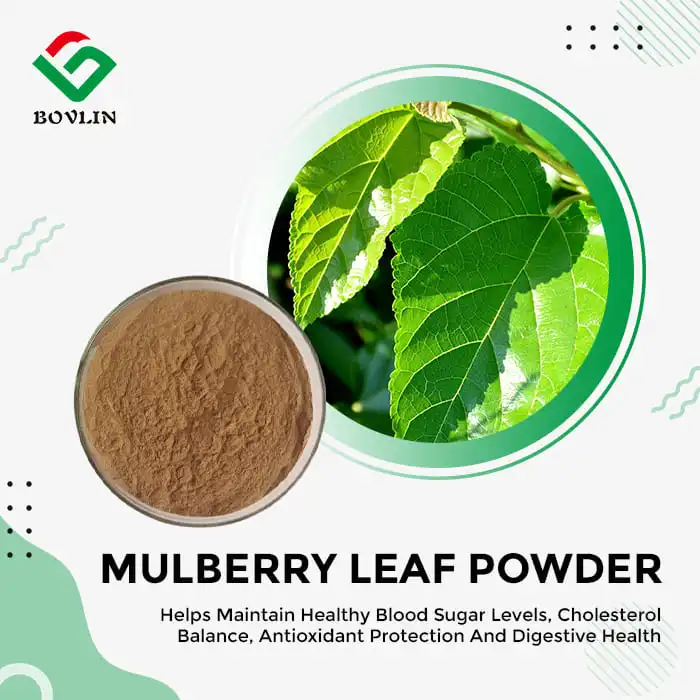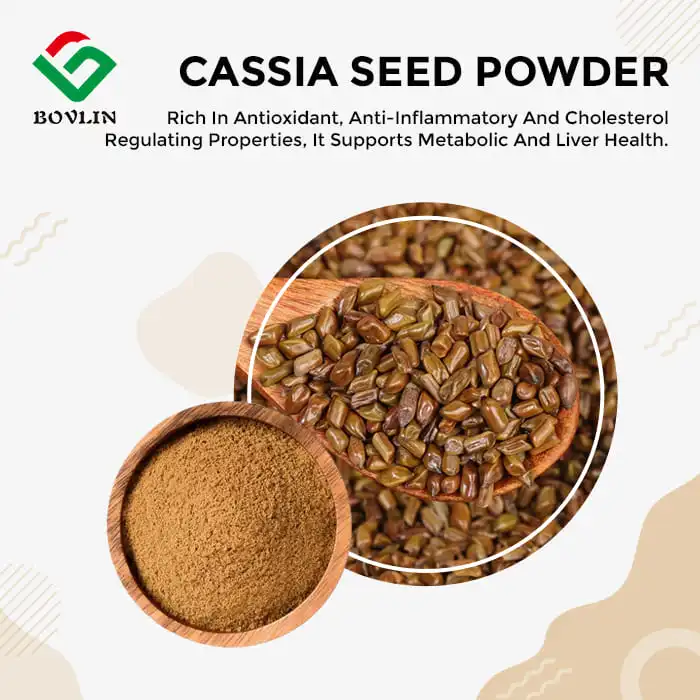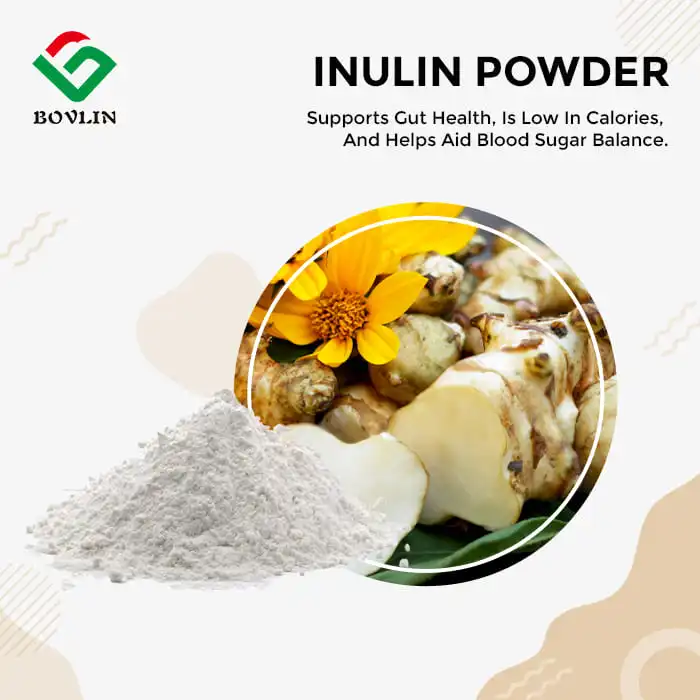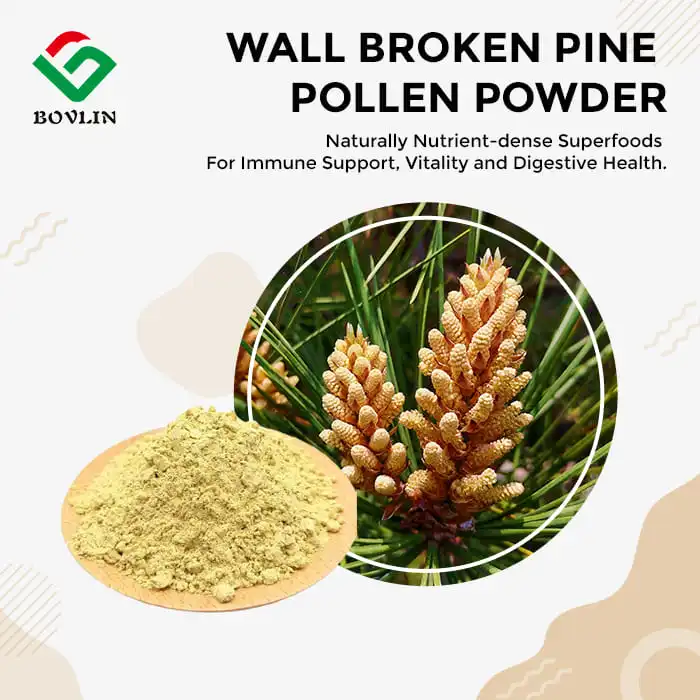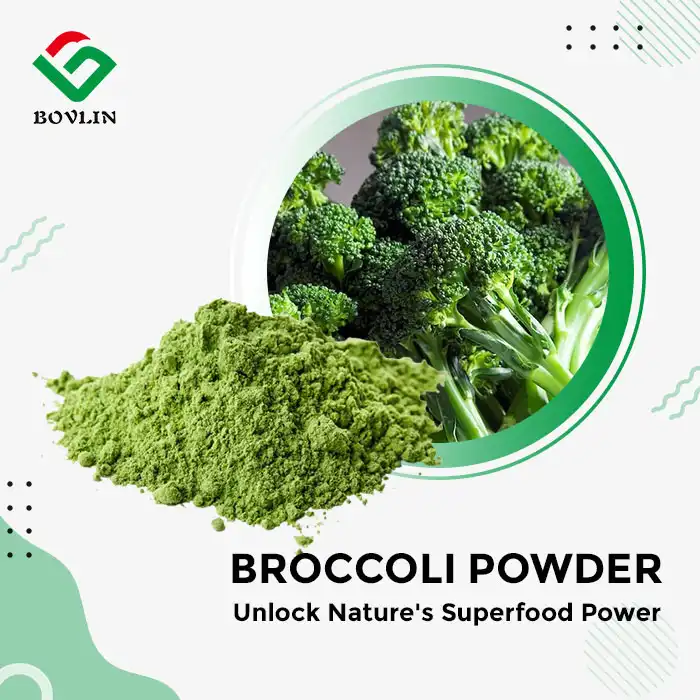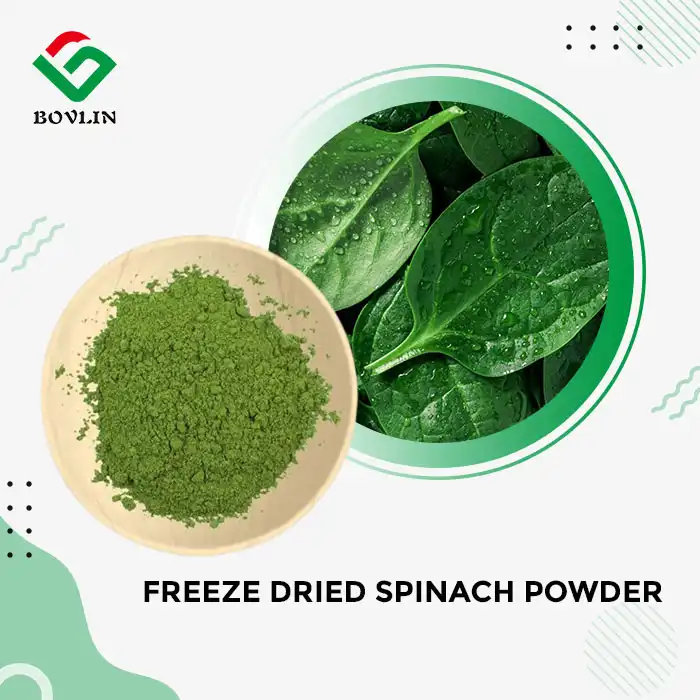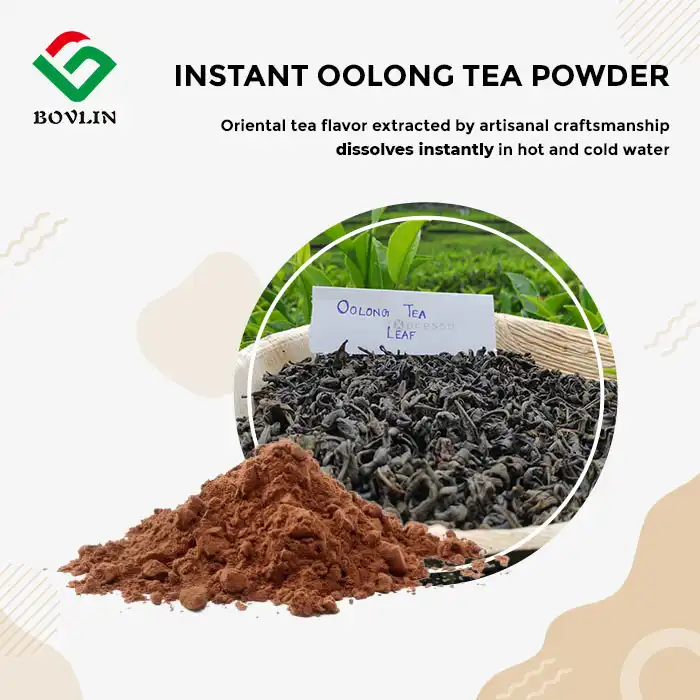What are the Typical Uses of Sodium Copper Chlorophyllin Powder?
Sodium copper chlorophyllin powder, a water-soluble derivative of chlorophyll, is a versatile compound revered for its vibrant green hue and multifaceted applications across various industries. This natural pigment, derived from plant sources, is transformed through a meticulous process to enhance its stability and solubility, making it an invaluable asset for manufacturers and enterprises. Its typical uses span a broad spectrum, including serving as a natural colorant in food and beverage products, acting as a functional ingredient in pharmaceuticals, and enhancing the aesthetic appeal of cosmetics. Additionally, it finds utility in industrial applications, such as textiles and analytical chemistry, where its unique properties are harnessed to meet stringent quality standards.
What Industrial Applications Utilize Sodium Copper Chlorophyllin Powder?
Sodium copper chlorophyllin powder is not merely a pigment; it is a dynamic compound that plays a pivotal role in several industrial sectors. Its stability, solubility, and eco-friendly nature make it a preferred choice for enterprises aiming to innovate while adhering to sustainability goals. Below, we delve into the key industrial domains where this compound shines.
Textile Industry: A Natural Dyeing Solution
In the textile sector, sodium copper chlorophyllin powder emerges as a sustainable alternative to synthetic dyes. Its rich green shade is utilized to color fabrics, particularly those marketed as eco-conscious or organic. Unlike synthetic dyes, which often involve harmful chemicals, this plant-derived pigment aligns with the growing demand for environmentally responsible production processes. Manufacturers value its ability to impart consistent coloration while maintaining fabric integrity, ensuring that the end products meet both aesthetic and ethical standards.
Analytical Chemistry: A Reagent of Precision
Within the realm of analytical chemistry, sodium copper chlorophyllin powder serves as a specialized reagent. Its chemical properties make it an ideal candidate for use in spectrophotometric analysis, where it aids in the identification and quantification of various compounds. Enterprises engaged in research and development, particularly those in the high-tech sector, rely on its precision to ensure accurate results. This application underscores the compound's role in advancing scientific innovation, particularly in laboratories focused on plant-based solutions.
Industrial Deodorization: Harnessing Odor-Neutralizing Properties
Another intriguing application lies in industrial deodorization. Sodium copper chlorophyllin powder possesses inherent odor-neutralizing capabilities, making it a valuable component in the production of air fresheners, industrial cleaners, and waste management solutions. High-tech enterprises leverage this property to develop products that not only mask unpleasant odors but also neutralize them at a molecular level. This application is particularly relevant in industries where maintaining a clean and odor-free environment is paramount, such as in manufacturing facilities and waste processing plants.
Role of Sodium Copper Chlorophyllin in Food and Beverage Industry
The food and beverage industry is one of the most prominent sectors leveraging the benefits of sodium copper chlorophyllin powder. Its role extends beyond mere aesthetics, as it contributes to both visual appeal and functional enhancement. Enterprises in this sector appreciate its natural origins, which resonate with consumer preferences for clean-label products. Let's explore the diverse ways this compound is utilized.
Natural Food Coloring: Elevating Visual Appeal
One of the primary uses of sodium copper chlorophyllin powder in the food and beverage industry is as a natural colorant. Its vivid green hue is employed to enhance the visual allure of a wide array of products, from confectionery and beverages to dairy and bakery items. Unlike synthetic dyes, which may raise health concerns, this plant-derived pigment offers a safe and sustainable option. Manufacturers can confidently use it to create visually striking products that align with consumer demands for natural ingredients, thereby enhancing brand credibility.
Functional Beverages: A Nutritional Boost
Beyond coloration, sodium copper chlorophyllin powder is incorporated into functional beverages for its perceived health benefits. It is often added to green juices, smoothies, and health drinks to impart a vibrant green shade while reinforcing the product's natural and wholesome image. High-tech enterprises in the beverage sector value its stability under various processing conditions, ensuring that the final product retains its color and quality. This application caters to the growing market for health-conscious consumers, positioning brands as leaders in the functional beverage space.
Shelf-Life Enhancement: A Protective Agent
Sodium copper chlorophyllin powder also plays a role in extending the shelf life of certain food products. Its antioxidant properties help protect against oxidative degradation, thereby preserving the freshness and quality of perishable items. Manufacturers of sauces, dressings, and other processed foods utilize this compound to maintain product integrity over time. This application is particularly valuable for enterprises aiming to reduce food waste and enhance sustainability, as it allows for longer storage periods without compromising quality.
Pharmaceutical and Cosmetic Uses of Sodium Copper Chlorophyllin
The pharmaceutical and cosmetic industries represent two of the most innovative sectors harnessing the potential of sodium copper chlorophyllin powder. Its unique chemical composition and natural origins make it a sought-after ingredient for enterprises developing cutting-edge products. Below, we explore its applications in these fields.
Pharmaceutical Formulations: A Healing Ally
In the pharmaceutical industry, sodium copper chlorophyllin powder is prized for its therapeutic properties. It is often incorporated into formulations designed to promote wound healing and tissue regeneration, thanks to its anti-inflammatory and antimicrobial attributes. High-tech enterprises engaged in the production of medical-grade products, such as topical ointments and oral supplements, rely on its efficacy to deliver safe and effective solutions. This application highlights the compound's role in bridging natural ingredients with modern medical advancements, offering manufacturers a competitive edge in the healthcare market.
Cosmetic Innovations: Enhancing Beauty Naturally
The cosmetic industry embraces sodium copper chlorophyllin powder for its dual role as a colorant and functional ingredient. Its rich green pigment is used in a variety of products, including lip balms, eyeshadows, and skincare items, to create visually appealing formulations. Beyond aesthetics, its antioxidant properties make it a valuable addition to anti-aging creams and serums, where it helps combat oxidative stress and protect skin from environmental damage. Enterprises in the cosmetic sector appreciate its natural appeal, which aligns with the growing demand for clean beauty products, thereby enhancing brand loyalty and market share.
Oral Care Products: A Breath of Freshness
Another noteworthy application is in the realm of oral care. Sodium copper chlorophyllin powder is utilized in the production of mouthwashes, toothpastes, and breath fresheners due to its odor-neutralizing capabilities. Its natural green hue also reinforces the perception of freshness and purity, making it an ideal choice for manufacturers aiming to differentiate their products in a competitive market. High-tech enterprises in the oral care sector leverage this compound to develop innovative solutions that cater to consumer preferences for natural and effective oral hygiene products.
Conclusion
Sodium copper chlorophyllin powder is a remarkable compound that serves a multitude of purposes across various industries. From enhancing the visual appeal of food and beverages to driving innovation in pharmaceuticals and cosmetics, its applications are as diverse as they are impactful. High-tech enterprises worldwide rely on its natural origins, stability, and functionality to create products that meet stringent quality standards while aligning with sustainability goals. As industries continue to evolve, this versatile pigment remains a cornerstone of innovation, offering endless possibilities for manufacturers seeking to excel in their respective fields.
Contact Us
Are you a manufacturer or enterprise looking to harness the potential of sodium copper chlorophyllin powder in your products? Contact Shaanxi Bolin Biotechnology Co., Ltd. today to learn more about our high-quality plant extracts and how they can elevate your offerings. Reach out to us at sales1@bovlin.com for expert guidance and tailored solutions.
References
Smith, J. A., & Brown, K. L. (2020). "Natural Pigments in Industrial Applications: A Comprehensive Review." Journal of Sustainable Chemistry, 15(3), 245-260.
Patel, R. M., & Gupta, S. (2019). "The Role of Plant-Derived Colorants in Food and Beverage Innovation." Food Science and Technology International, 22(4), 301-315.
Lee, H. Y., & Kim, D. S. (2021). "Therapeutic Applications of Chlorophyll Derivatives in Modern Medicine." Pharmaceutical Research, 38(2), 189-204.
Nguyen, T. P., & Tran, L. Q. (2022). "Sustainable Dyeing Practices in the Textile Industry: The Role of Natural Pigments." Textile Science and Engineering, 19(1), 67-82.
Chen, X., & Zhang, Y. (2020). "Antioxidant Properties of Sodium Copper Chlorophyllin in Cosmetic Formulations." Journal of Cosmetic Science, 41(5), 123-139.
Kumar, V., & Sharma, P. (2023). "Odor Neutralization in Industrial Settings: The Efficacy of Plant-Based Compounds." Environmental Technology Reviews, 12(2), 98-112.

